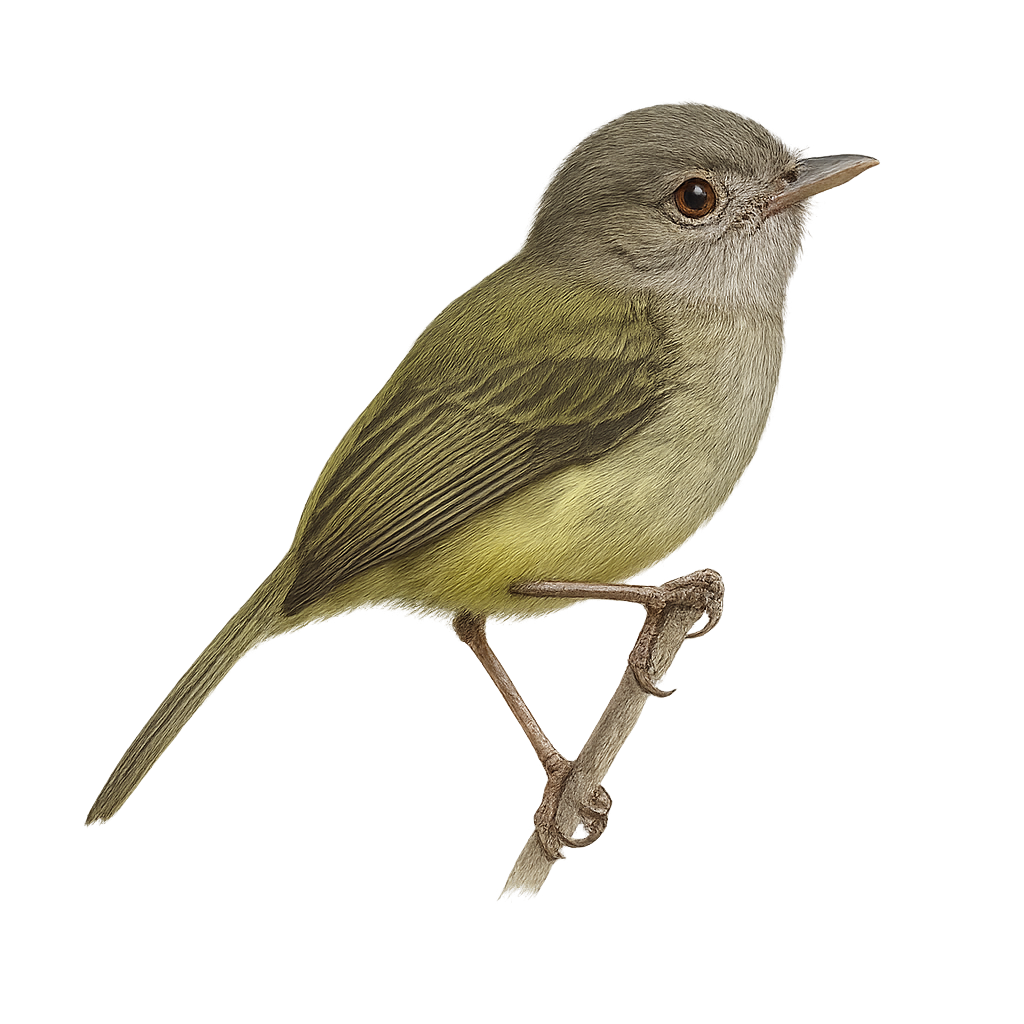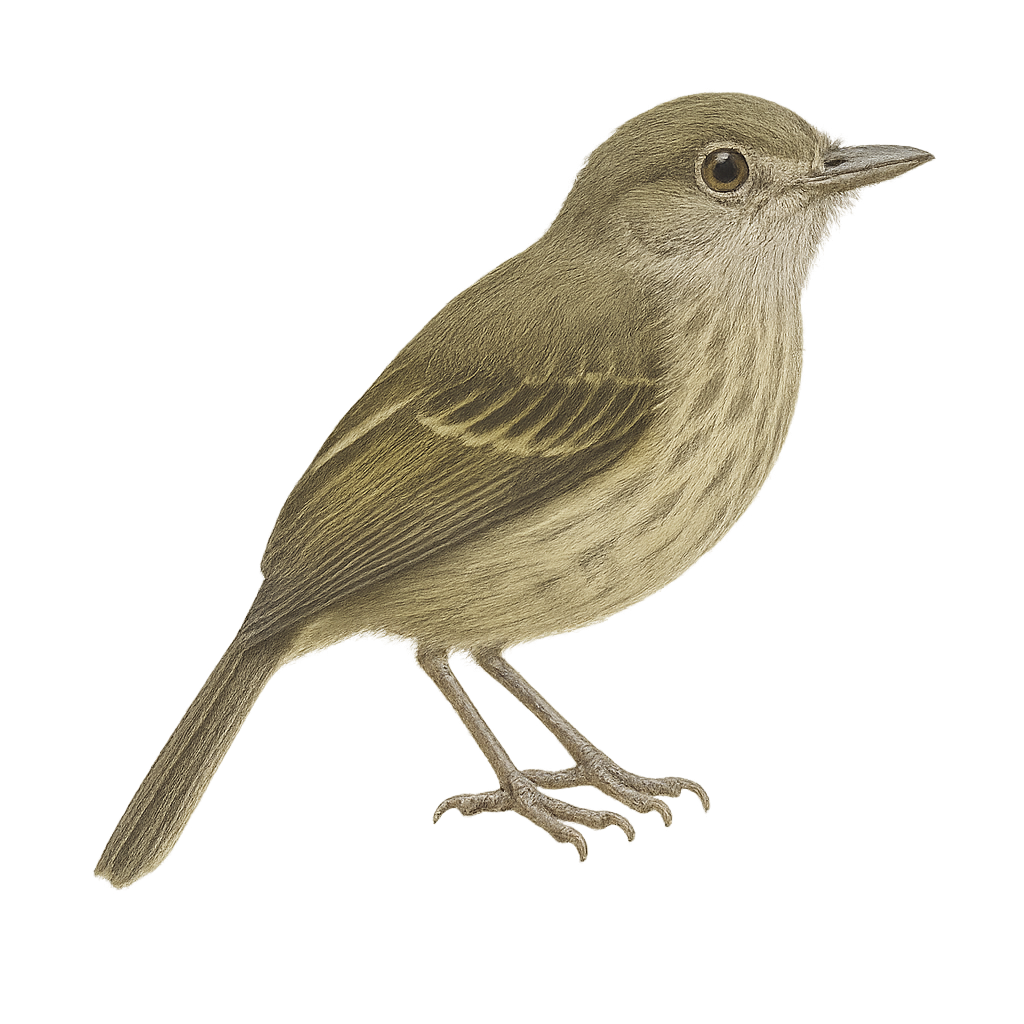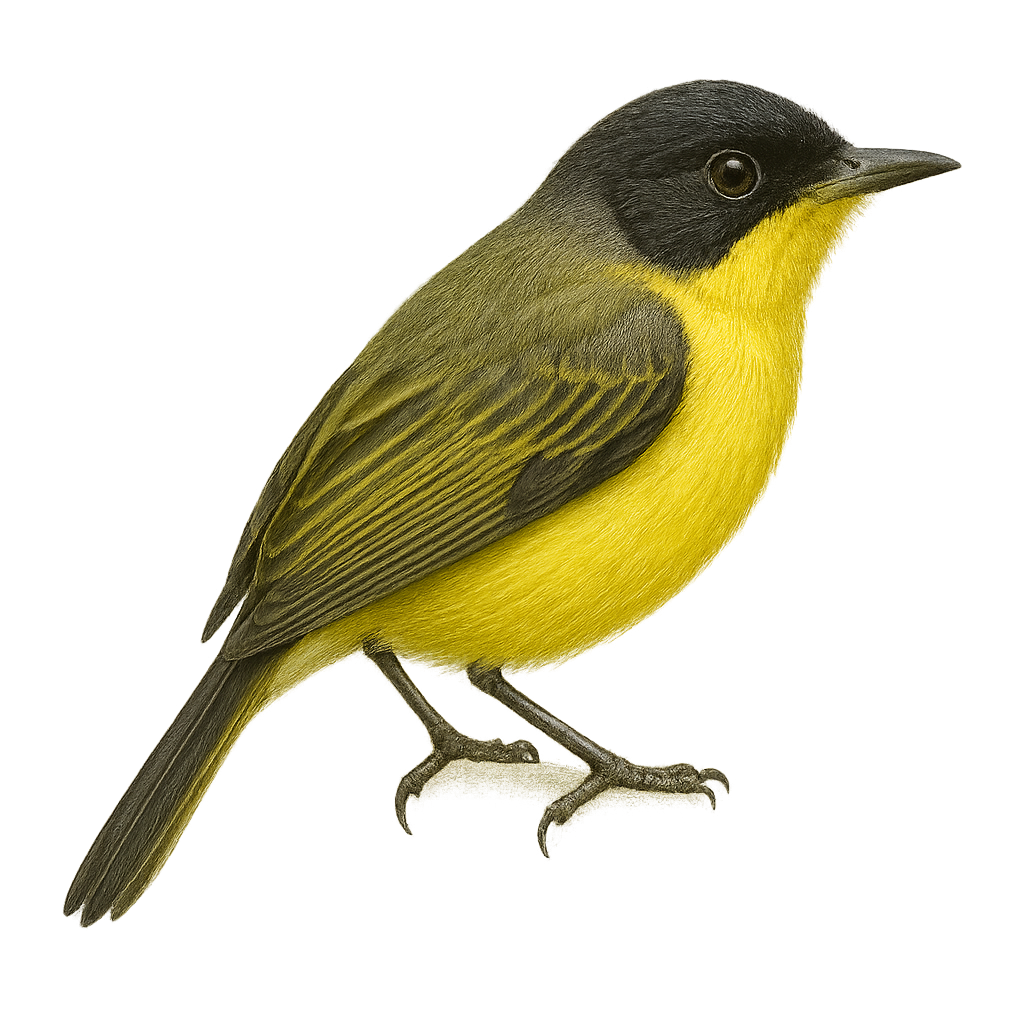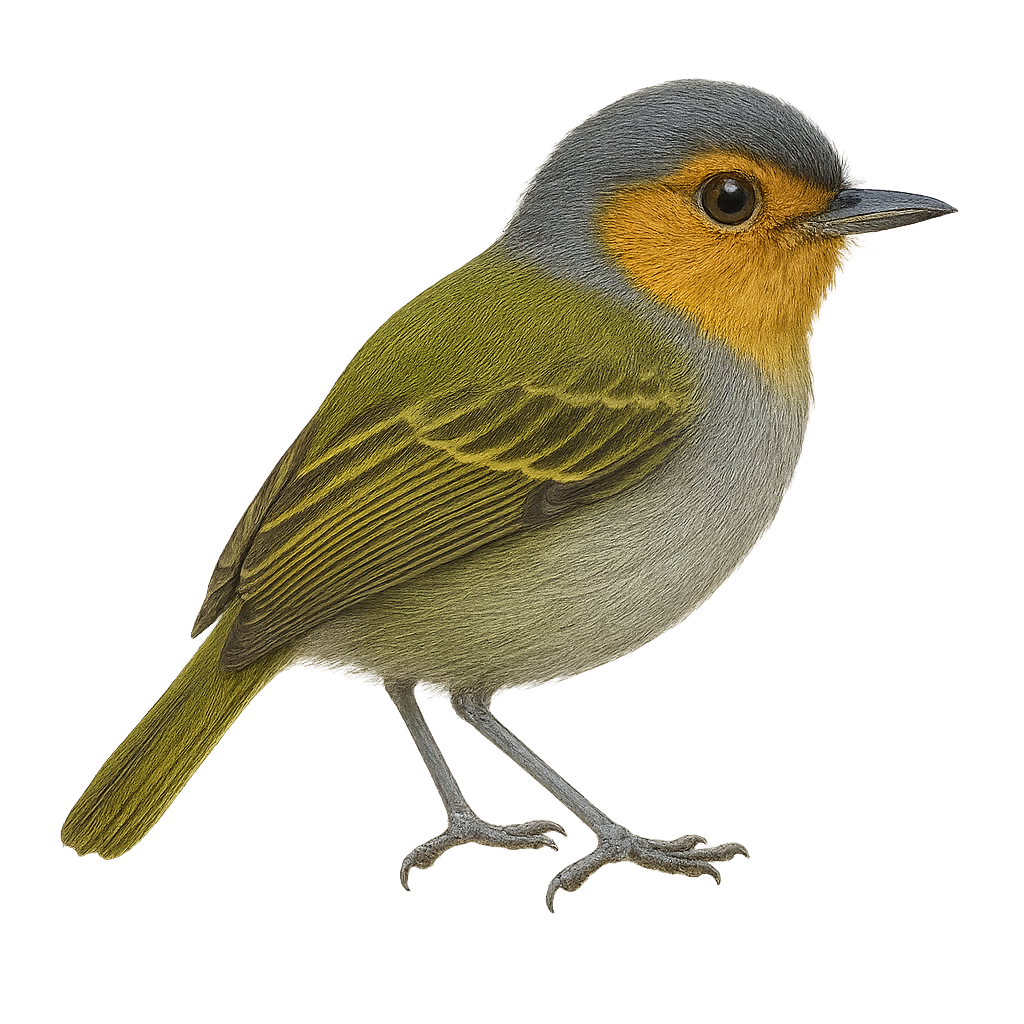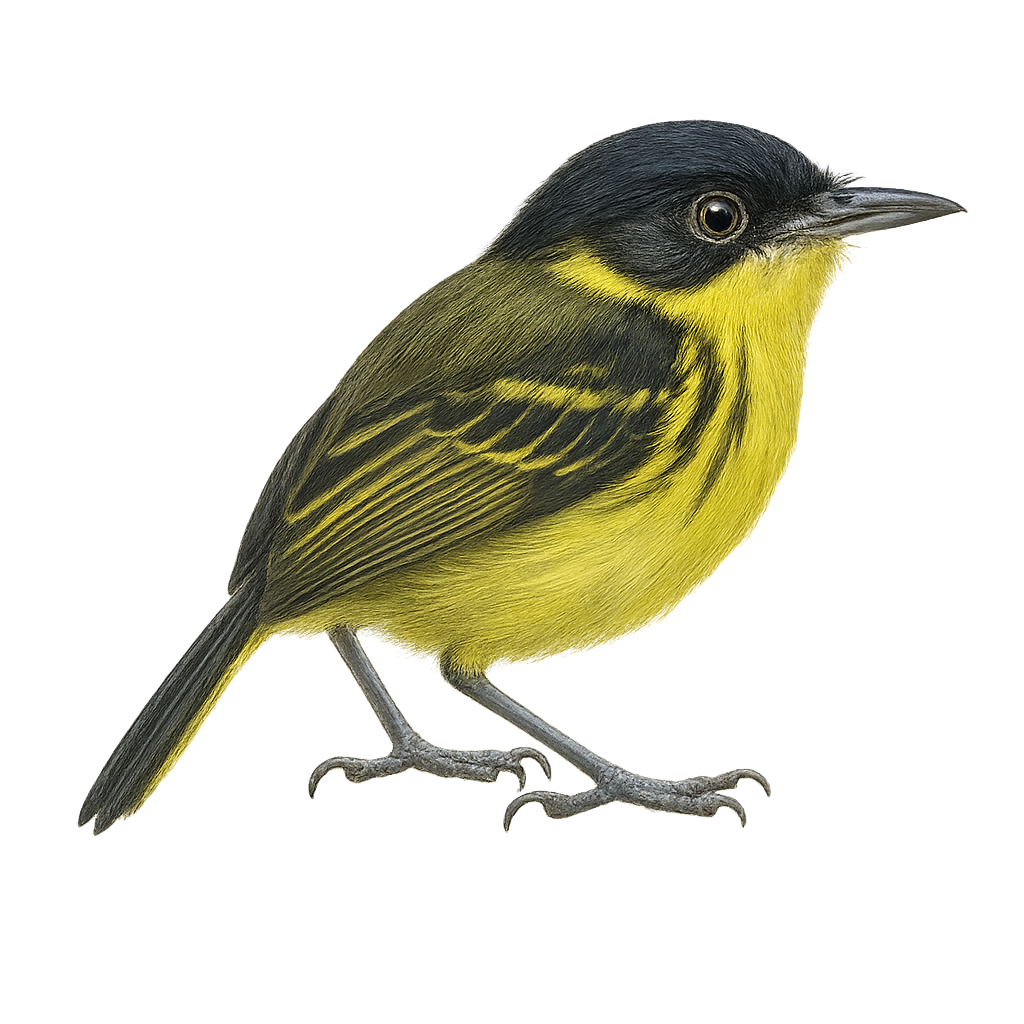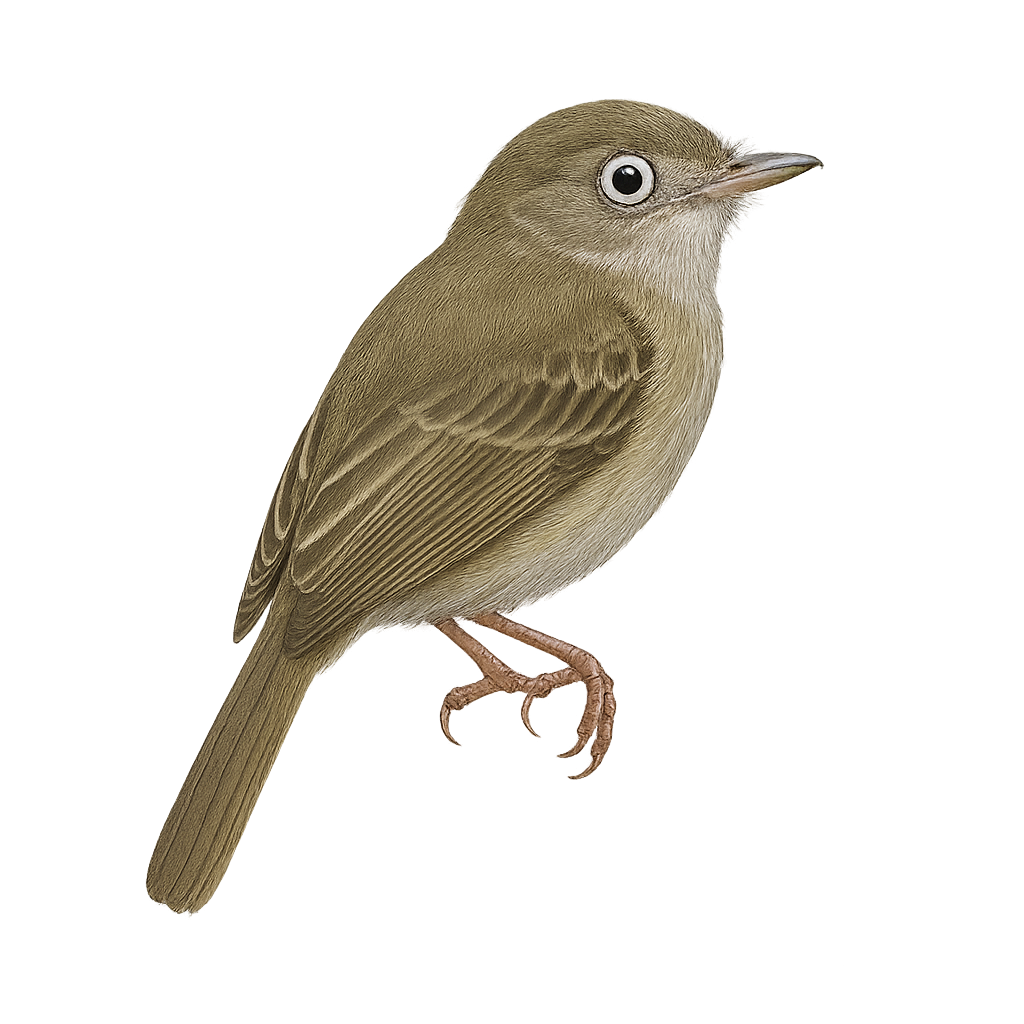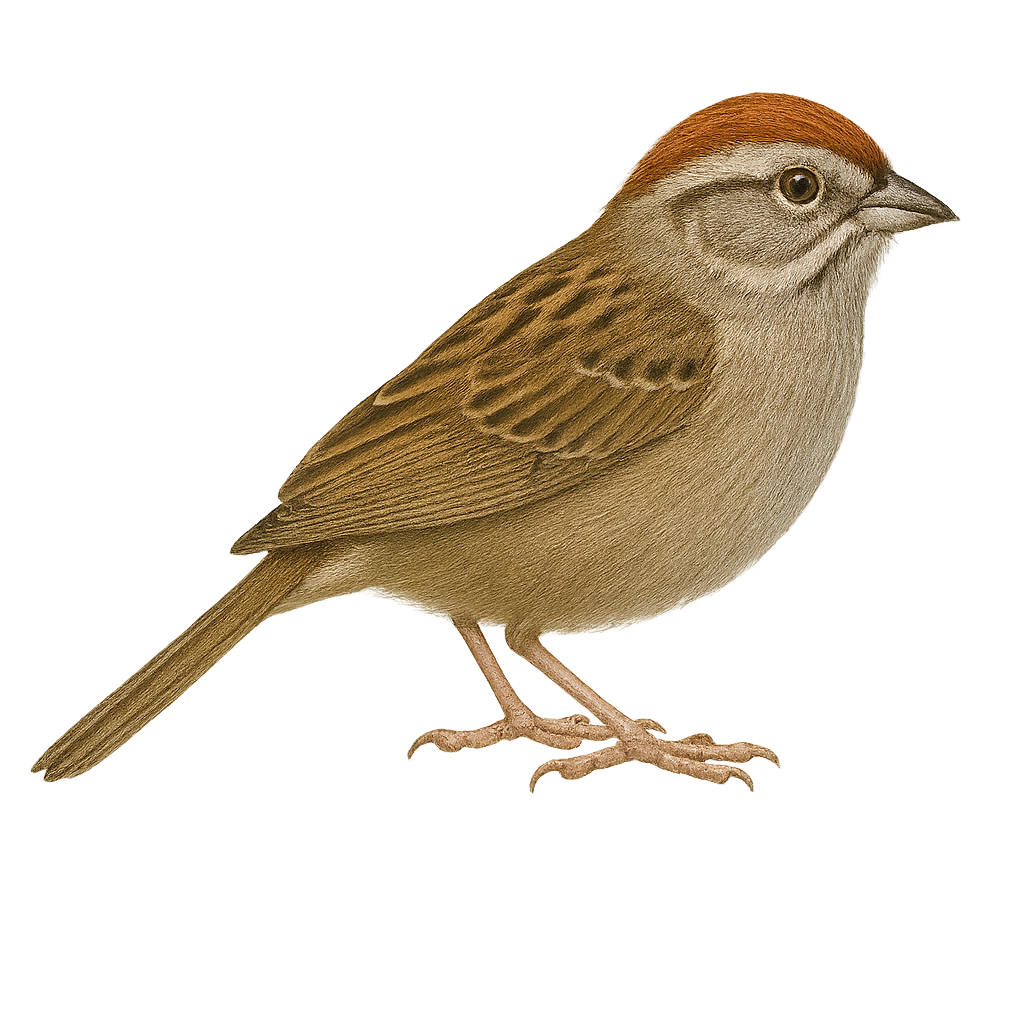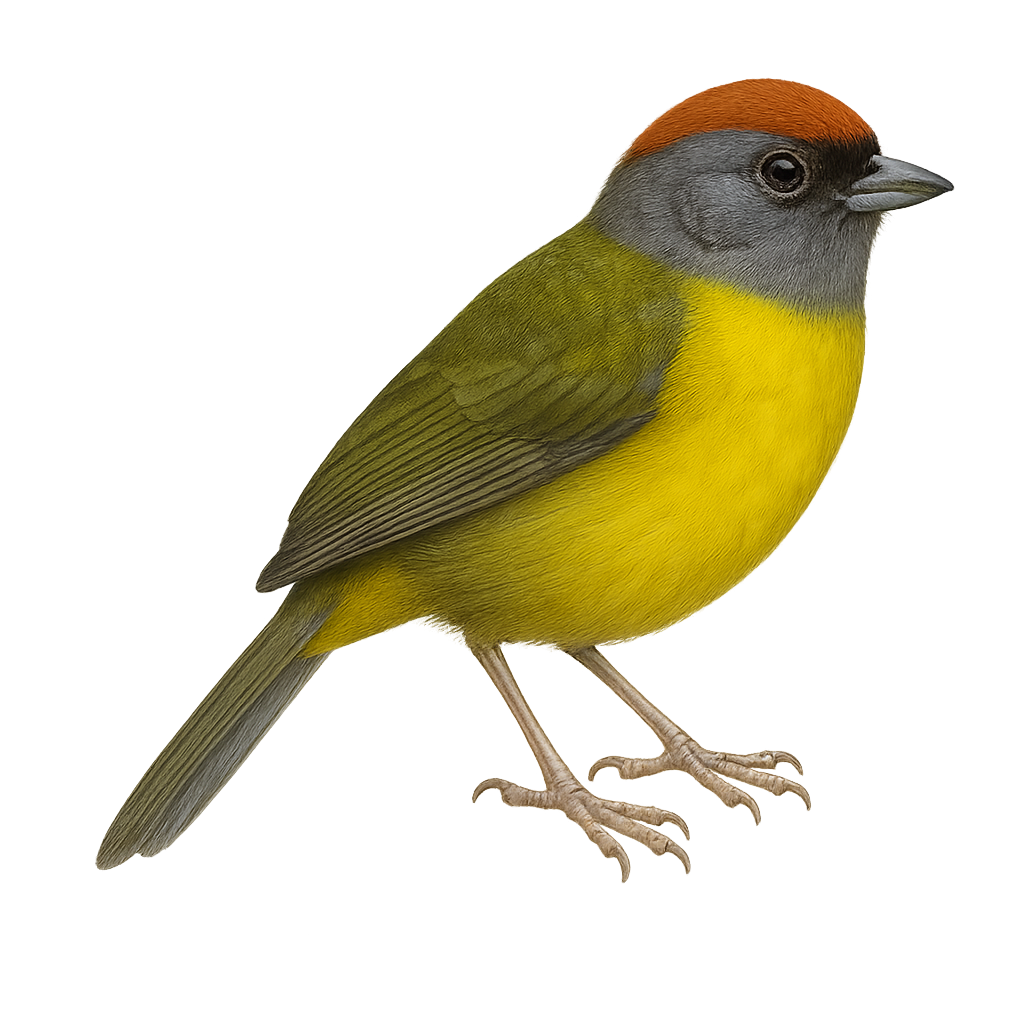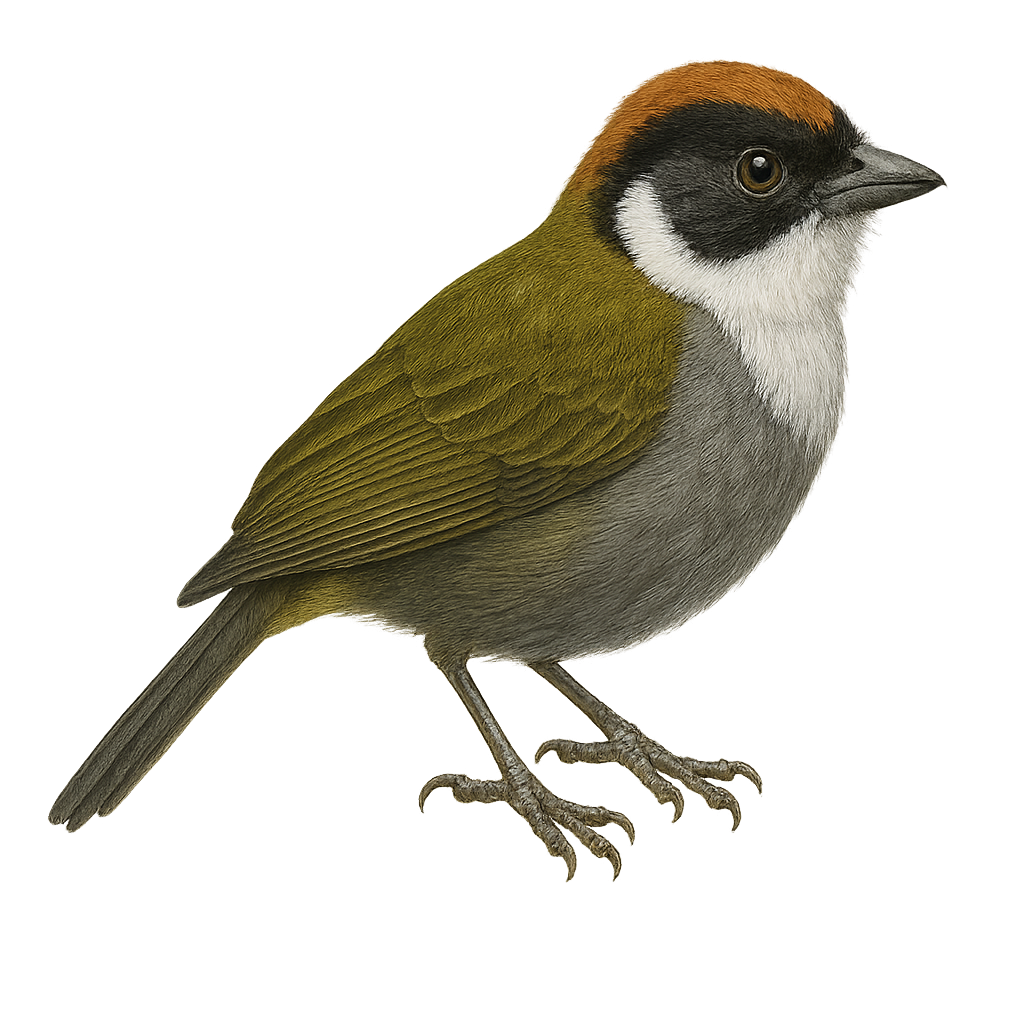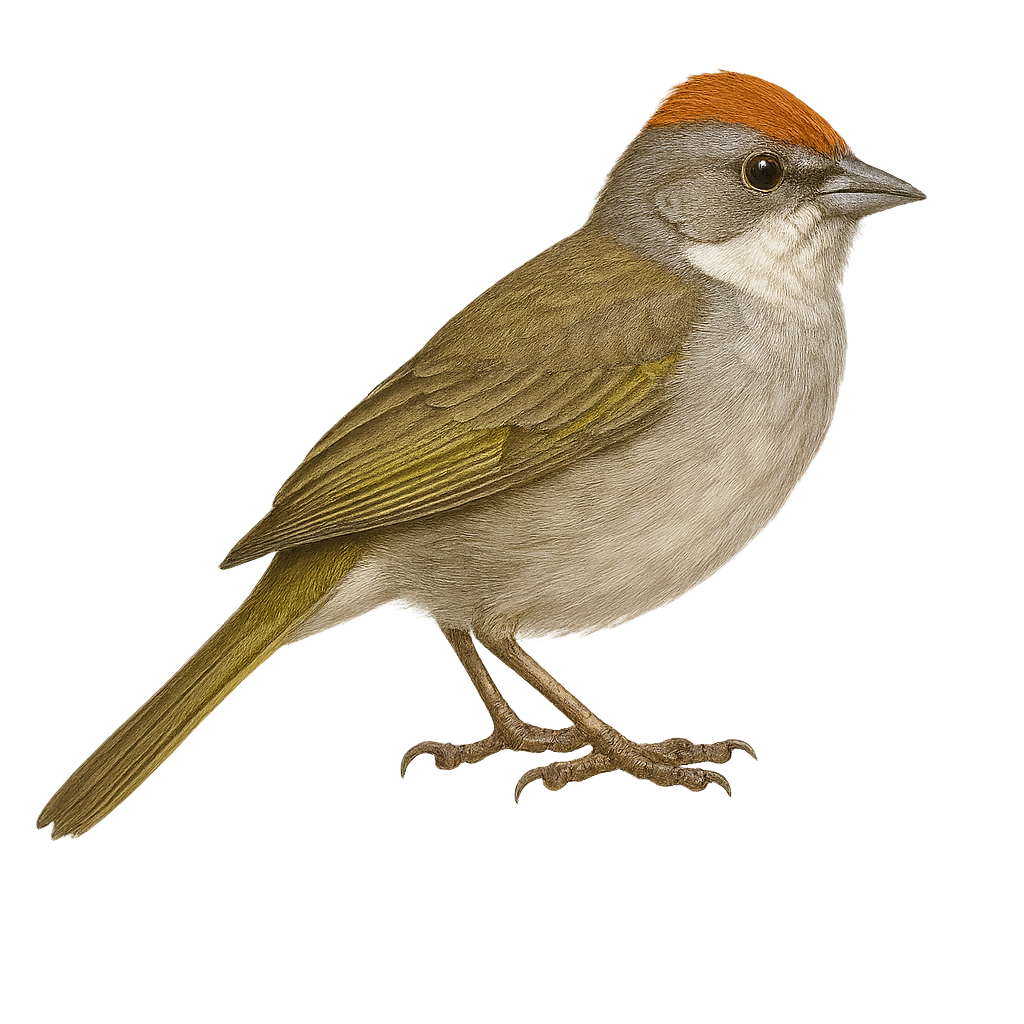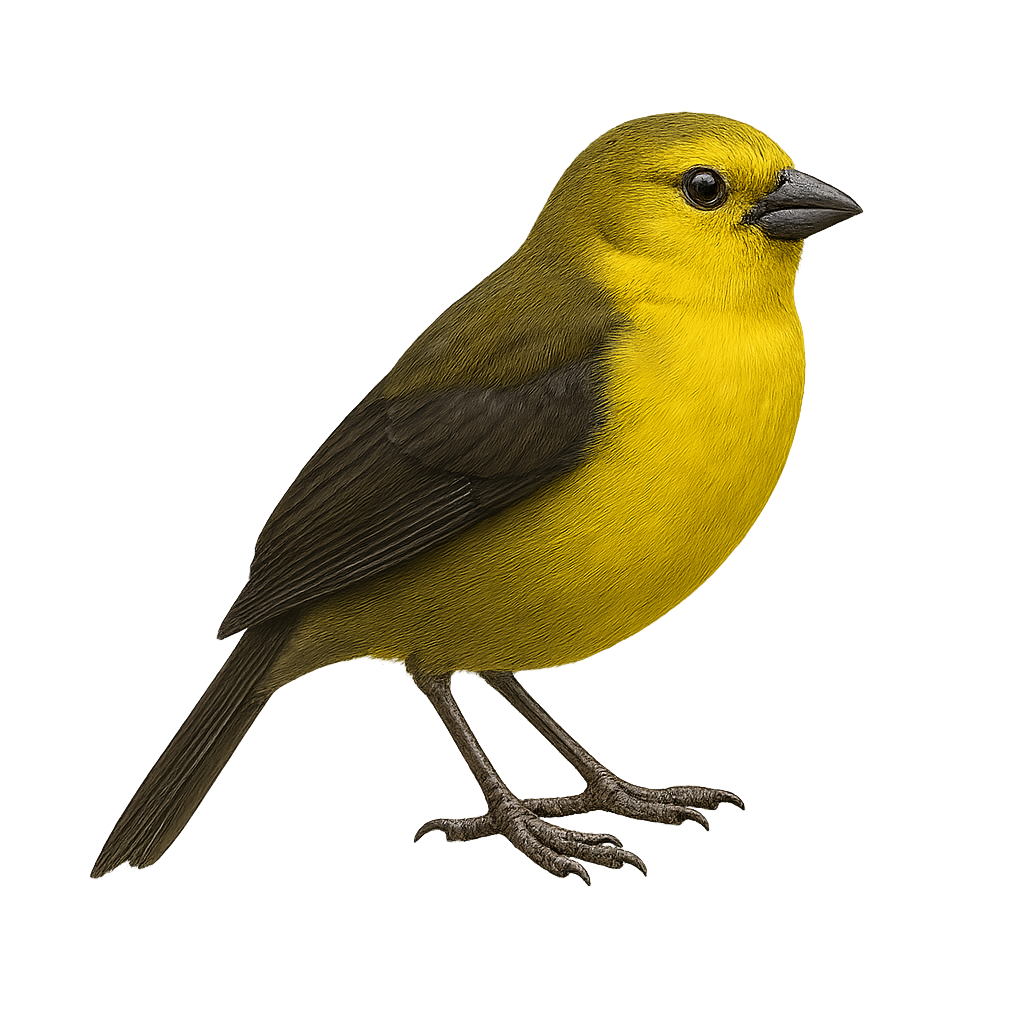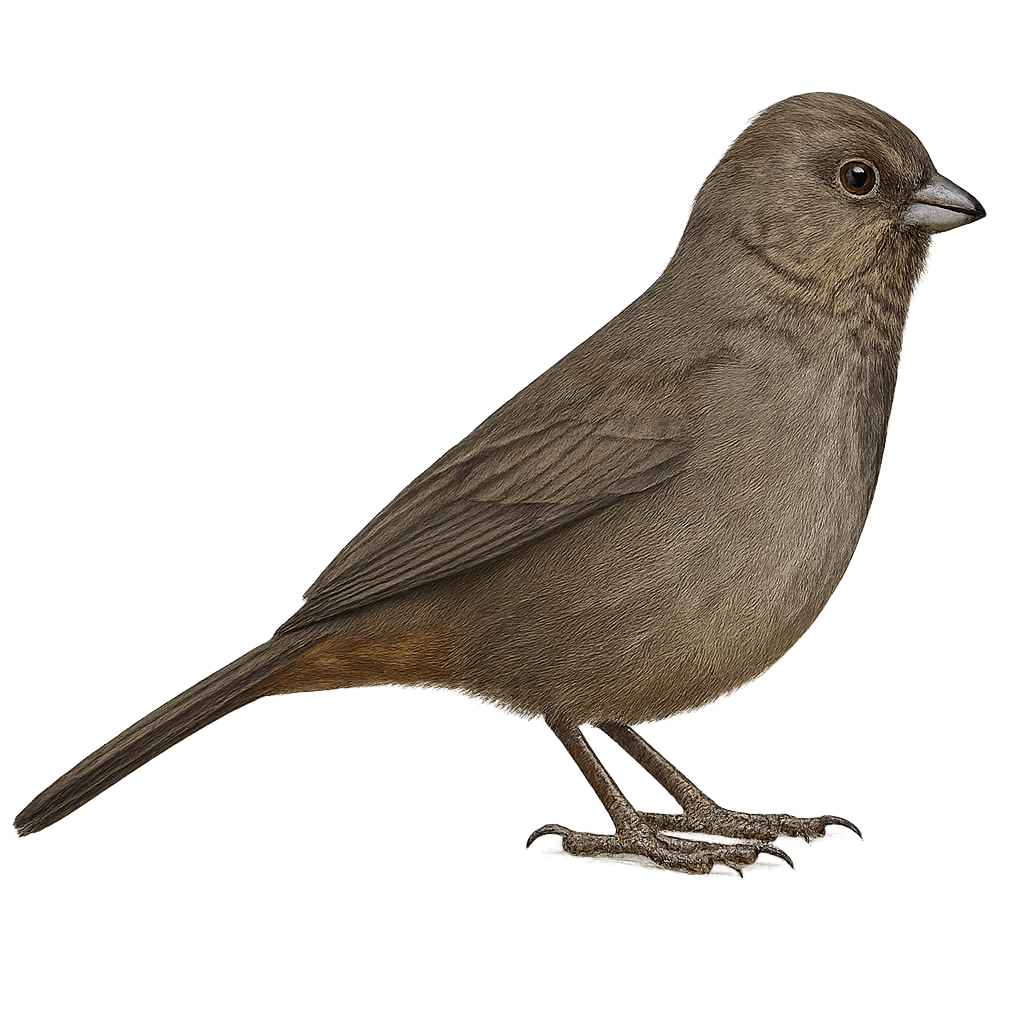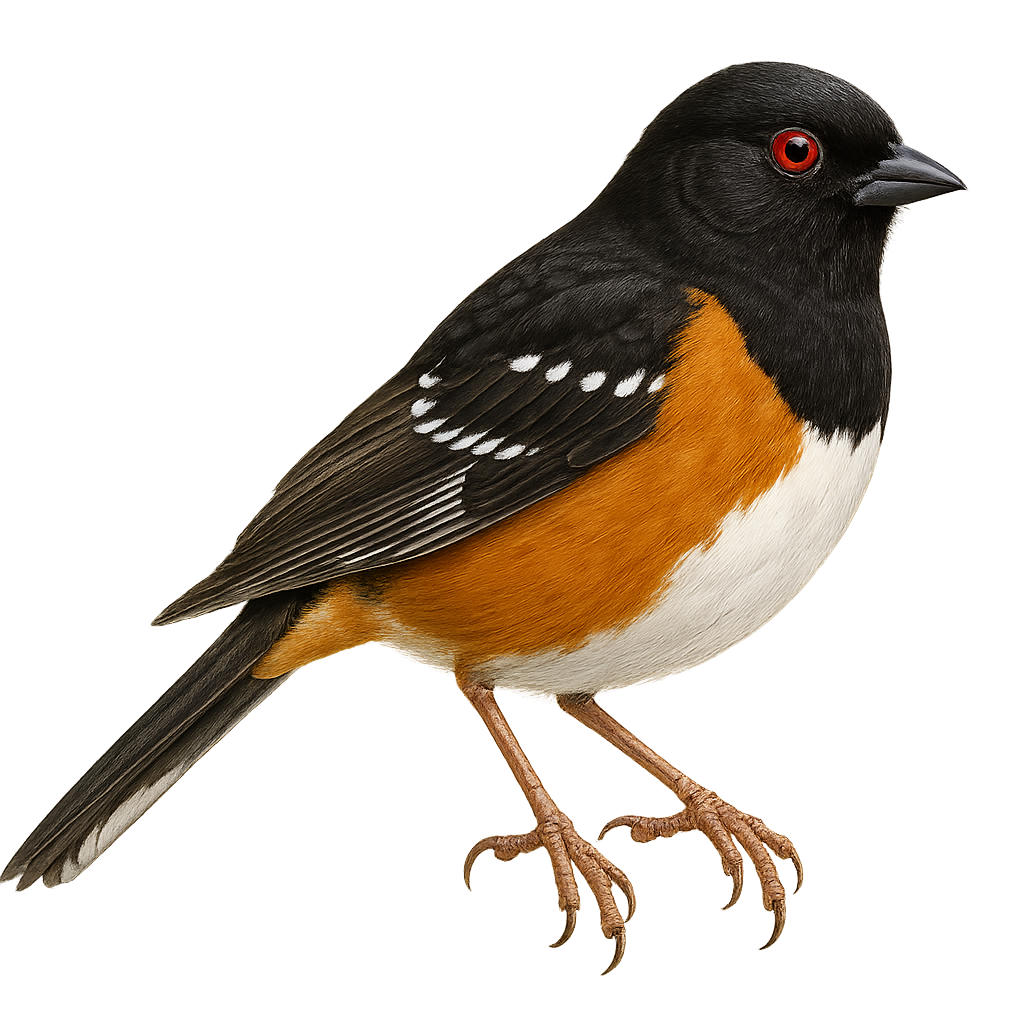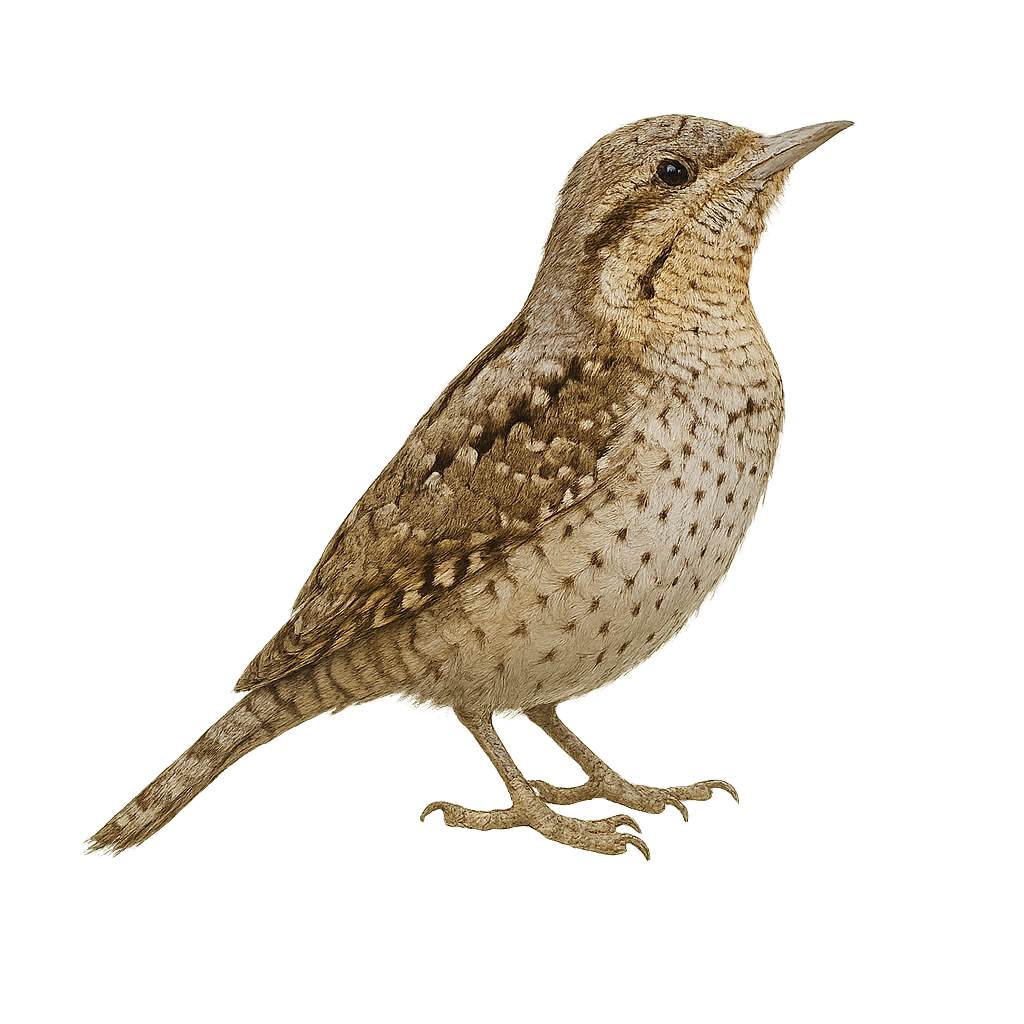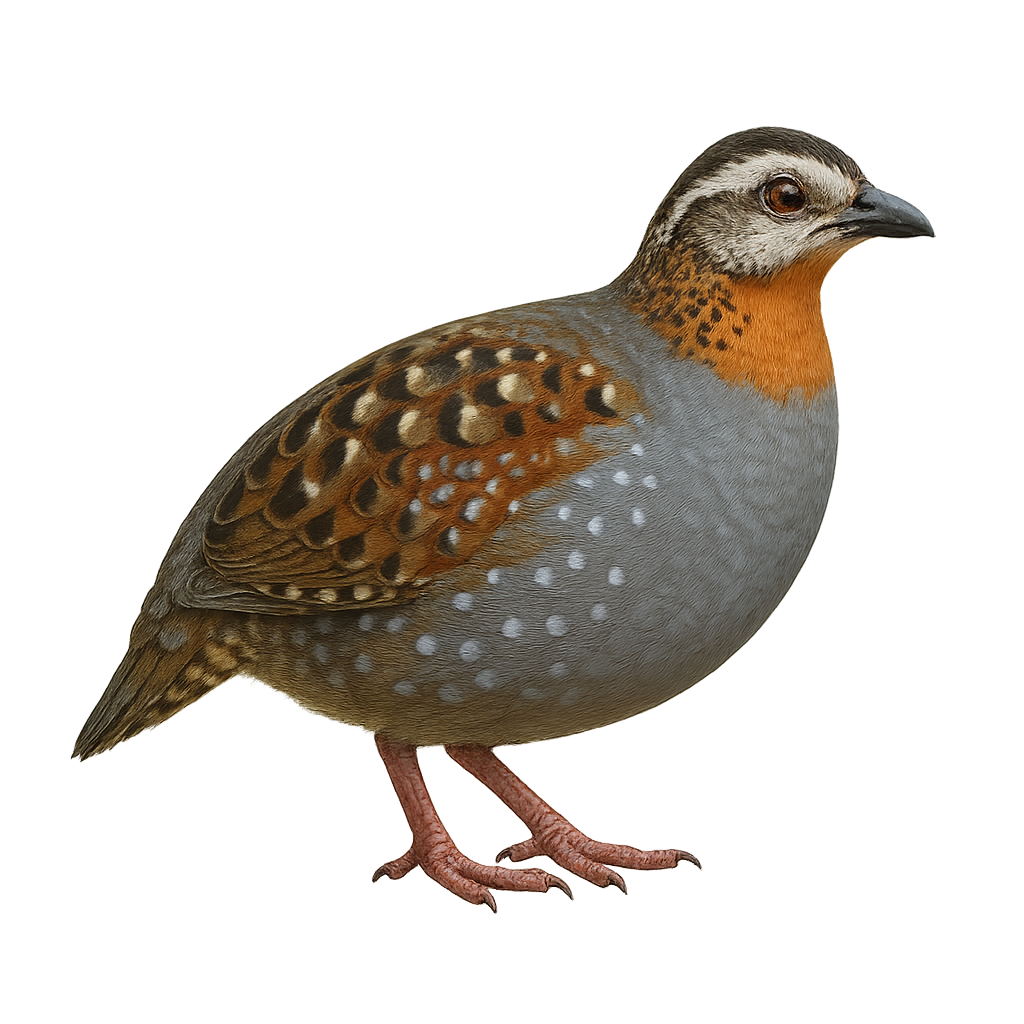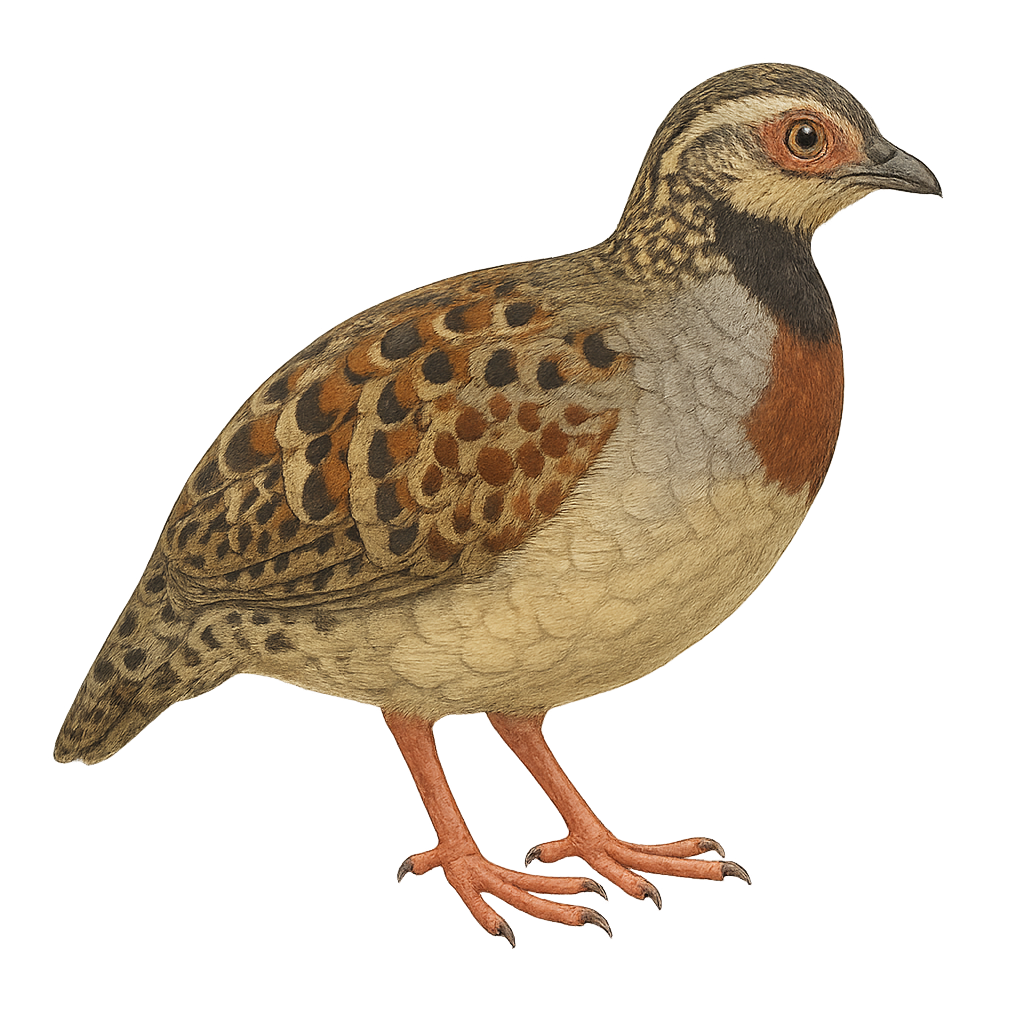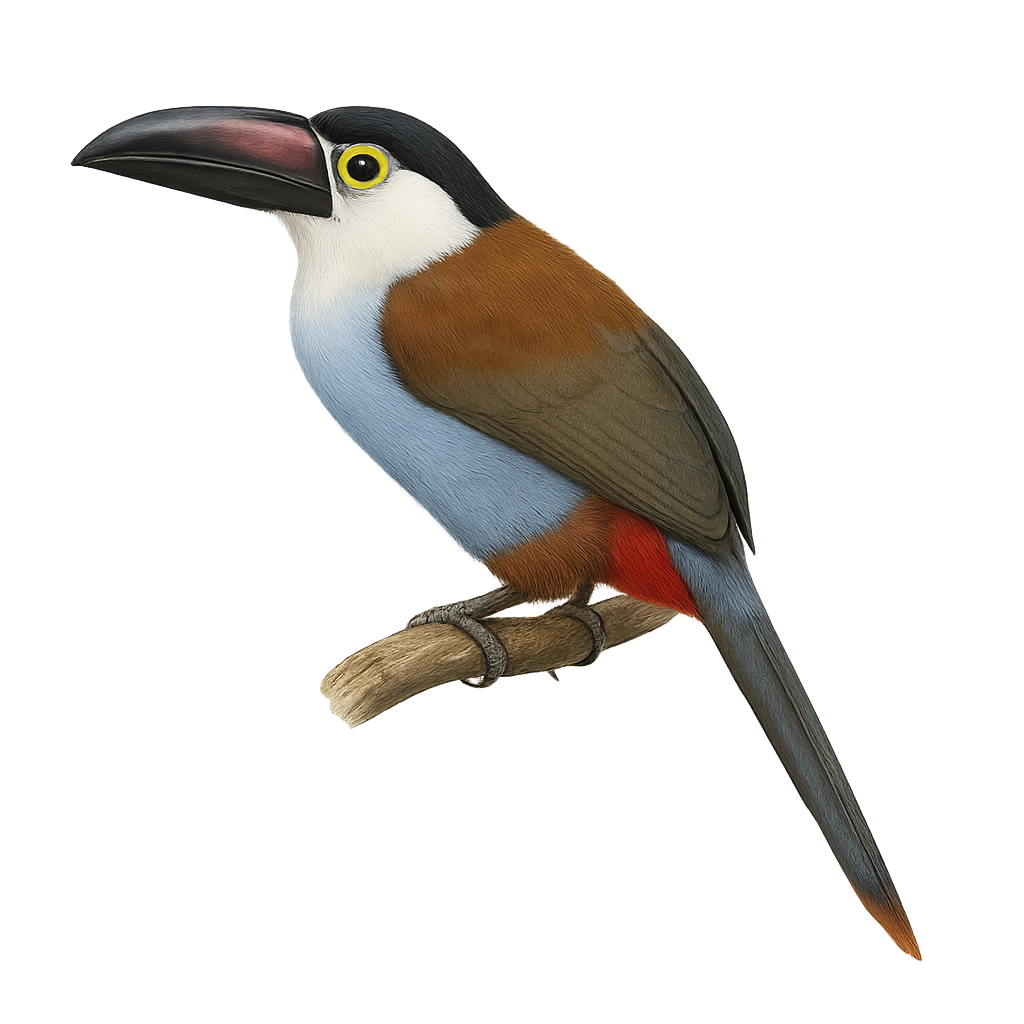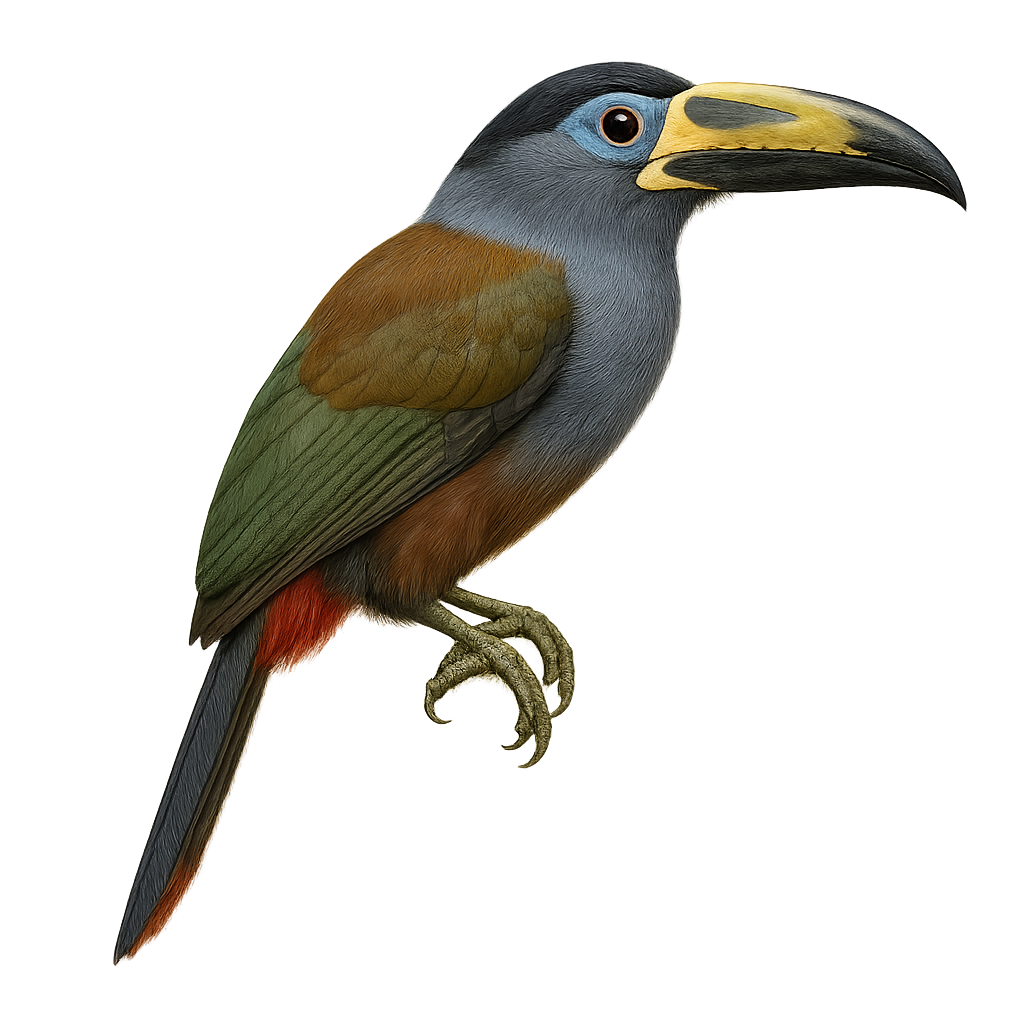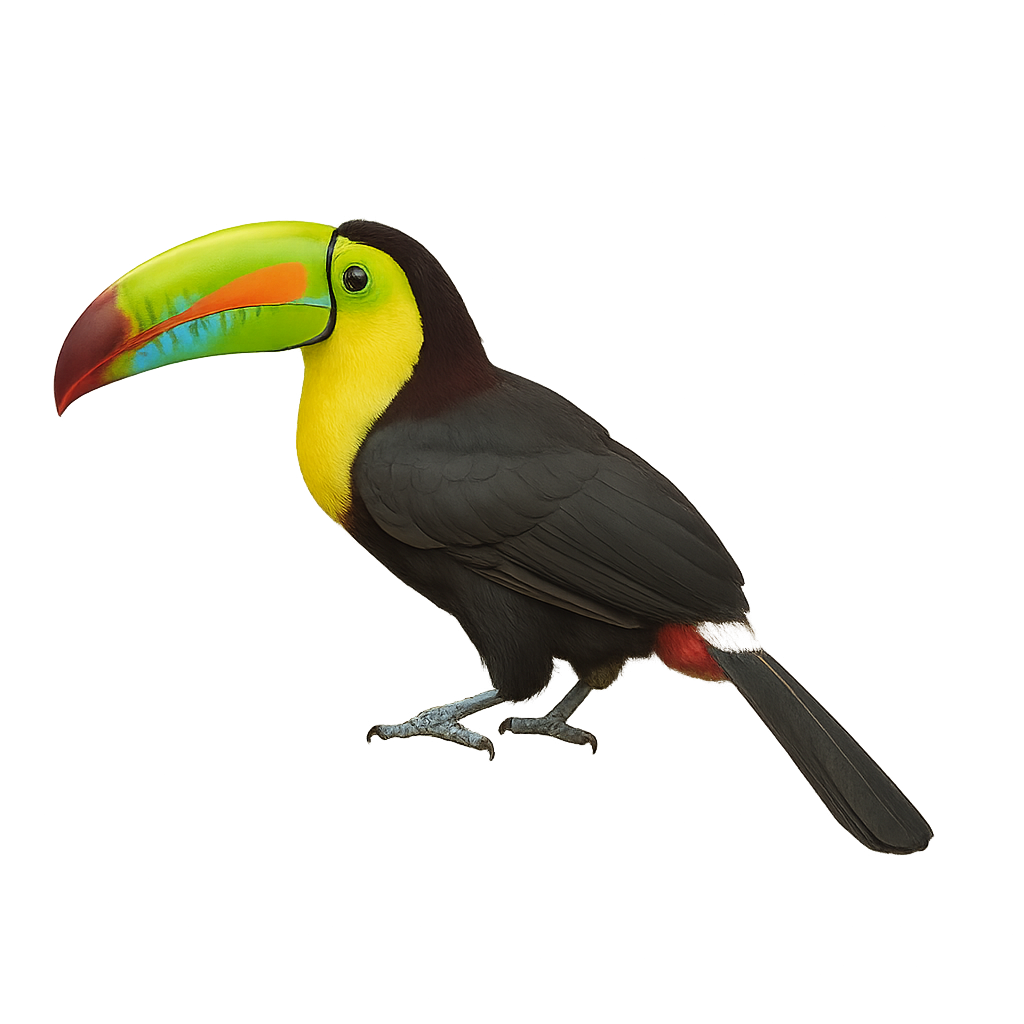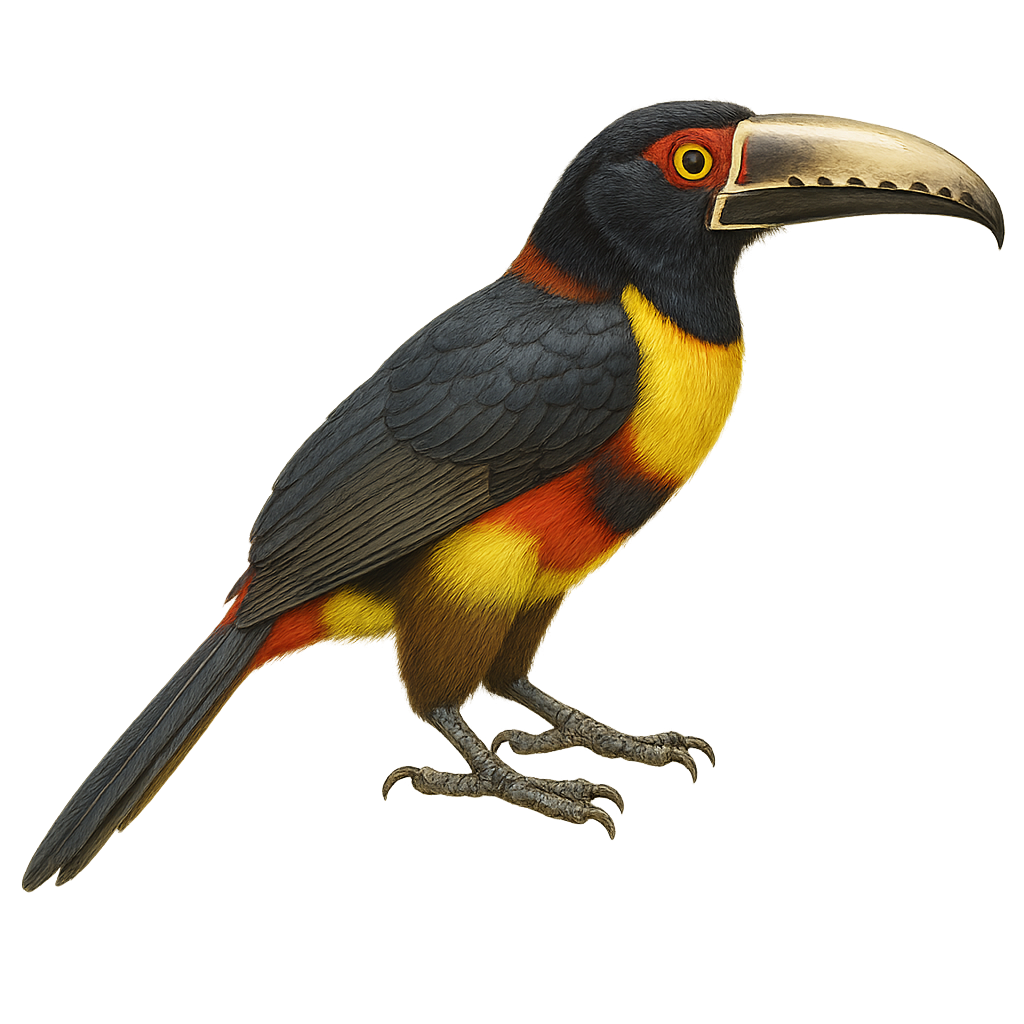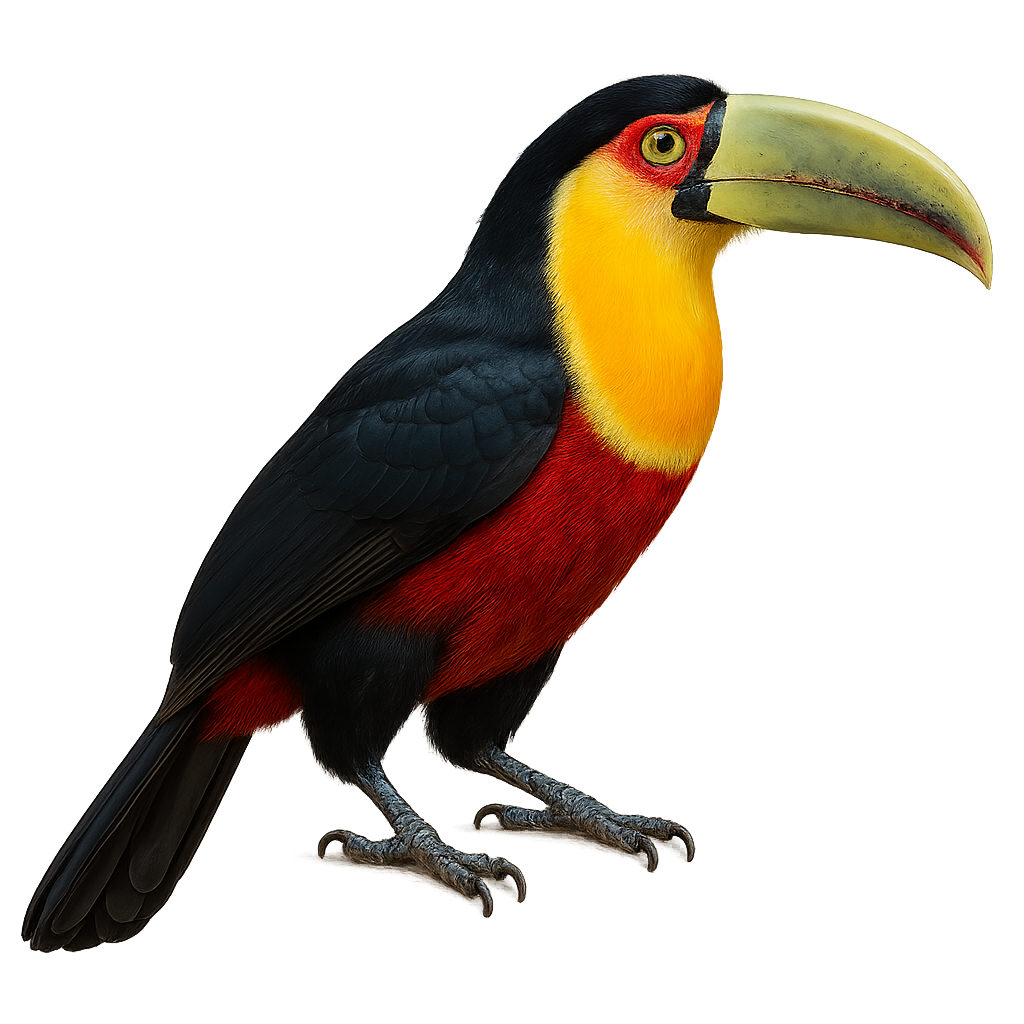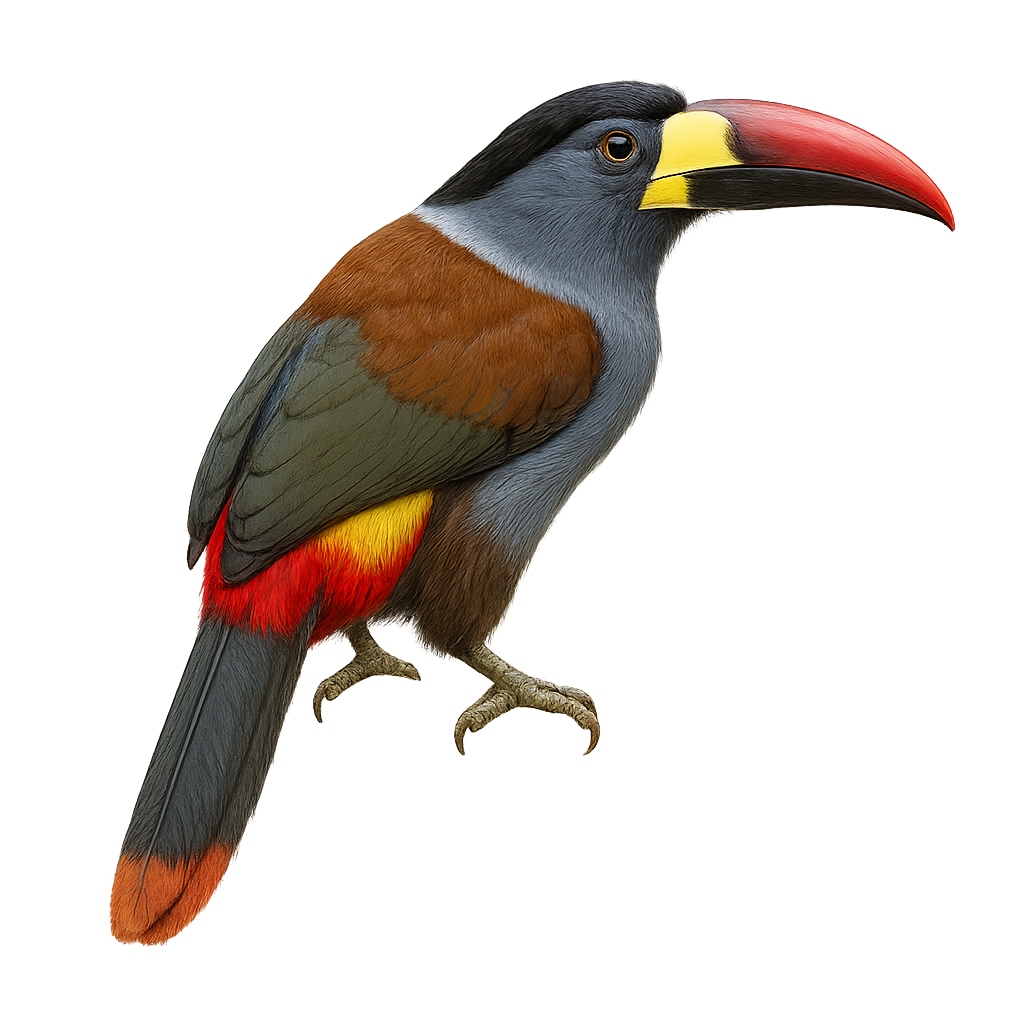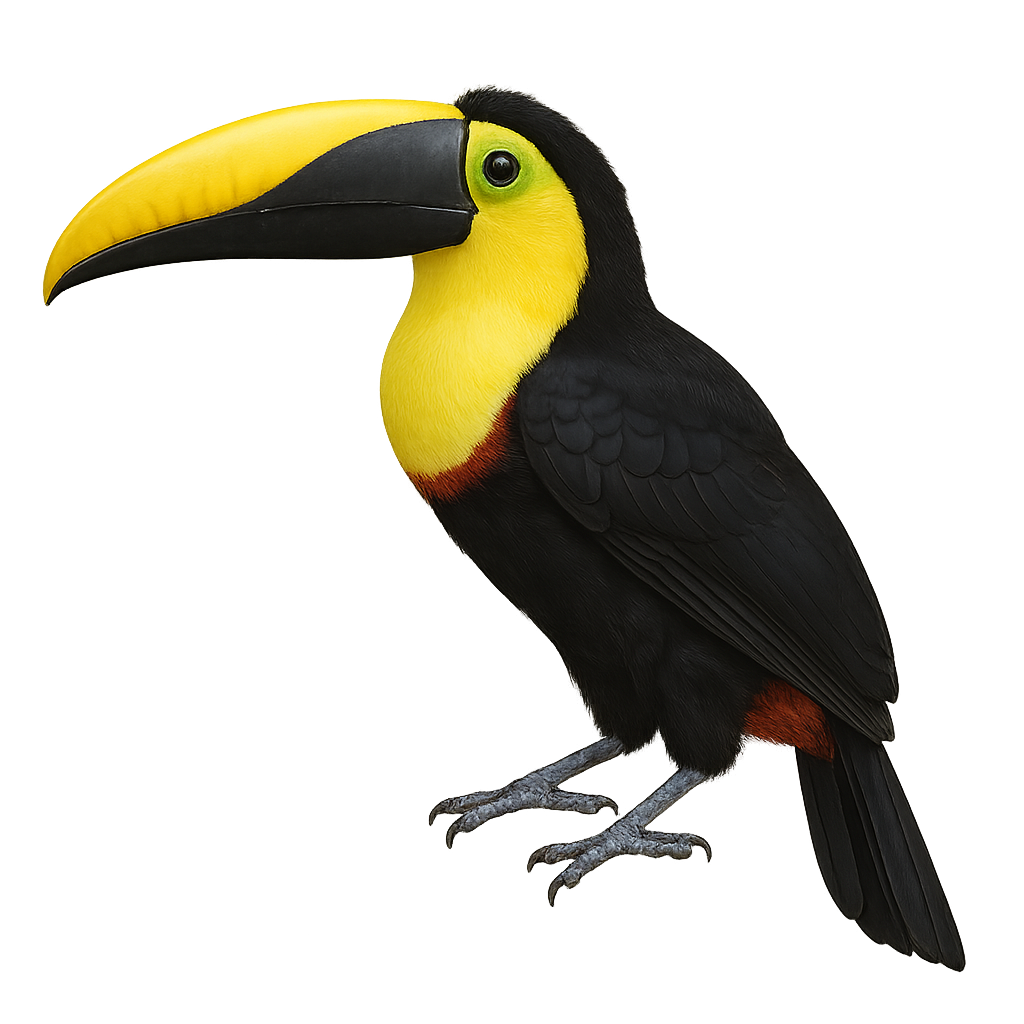The Miranda's Tyrannulet, or Hemitriccus mirandae, is a small passerine bird belonging to the Tyrannidae family. Endemic to Brazil, it primarily inhabits lowland humid forests. This small bird measures about 10 cm in length and is distinguished by its olive-green plumage, brown wings, and lighter belly. It is often seen foraging for food, mainly insects, in dense undergrowth. Although discreet, its high-pitched and repetitive song can be heard from a distance. The Miranda's Tyrannulet is a poorly studied species, making its behavior and biology largely unknown. However, it is considered vulnerable due to increasing deforestation in its natural habitat.
The Snethlage's Tody-Tyrant, or Hemitriccus minor, is a small bird belonging to the Tyrannidae family. It is characterized by its modest size, measuring about 9 to 10 cm in length. Its plumage is primarily olive green with lighter shades on the belly. It is mainly found in the humid tropical forests of South America, particularly in Brazil, Bolivia, and Peru. This bird is often seen in dense undergrowth, where it primarily feeds on insects. Although discreet, its high-pitched and repetitive song can be heard from a distance. The Snethlage's Tody-Tyrant is a sedentary bird, and its behavior is generally suspicious, making it difficult to observe.
The Greenish Tyrannulet, Todirostrum viridanum, is a small bird from the Tyrannidae family, primarily found in the humid forests and wooded areas of Central America. This passerine is distinguished by its olive-green plumage, dark wings, and lighter belly. It is often seen foraging for insects in dense foliage, using its short, broad bill to catch prey. Although discreet, its high-pitched, repetitive song makes it identifiable. The Greenish Tyrannulet plays a crucial role in the ecosystem by regulating insect populations and aiding in seed dispersal. Its adaptability to various habitats allows it to survive despite increasing deforestation.
The Common Tody-Flycatcher, or Todirostrum cinereum, is a small bird native to Central and South America. It is easily recognized by its gray and bright yellow plumage and its distinctive flattened bill. Measuring about 9 to 11 cm, it is often found in tropical forests, mangroves, and open wooded areas. Its song is a high-pitched, rapid trill, often heard before the bird is seen. It feeds primarily on insects, which it catches in flight or on leaves. The Common Tody-Flycatcher is a sociable bird, often seen in pairs or small groups, and is known for its curiosity towards humans.
The Plumbeous-headed Tody-Flycatcher is a small bird with a subtle plumage, mainly gray with hints of brown and white. It is often found in tropical and subtropical forests, where it primarily feeds on insects. Its modest size and discreet behavior can make it hard to spot, but its distinctive song often aids in locating it. This passerine is known for its ability to weave through dense foliage in search of food. Although usually solitary, it can sometimes be seen in small family groups. Its breeding season varies by region but is generally active during the warmer months.
The Painted Tody-Flycatcher is a small bird primarily inhabiting the humid tropical forests of South America. Its modest size, usually around 9 to 10 cm, is offset by its vibrant plumage. Males display bright colors with shades of yellow, green, and black, while females have softer hues. This bird is often seen catching small insects in flight, thanks to its slender, pointed beak. Known for its liveliness and agility, it moves swiftly between branches in search of food. The Painted Tody-Flycatcher is also recognized for its melodious songs, echoing through the dense forest canopy.
The White-eyed Tody-Tyrant, or Hemitriccus zosterops, is a small bird from the Tyrannidae family. It is primarily found in lowland humid forests in South America, particularly in Brazil, Bolivia, and Peru. This passerine is notable for its white eye-ring, which gives it its name. With a modest size of about 9 cm in length, its olive-green plumage with yellowish underparts makes it hard to spot in dense habitats. It feeds mainly on insects, which it catches in flight or on leaves. The White-eyed Tody-Tyrant is an active and vocal bird, often heard before seen. Its song is a rapid, high-pitched trill.
The Rufous-crowned Sparrow is a small passerine bird known for its distinctive rufous cap, which contrasts with its gray and brown plumage. It is primarily found in the arid and semi-arid regions of the southwestern United States and Mexico. This bird favors open habitats with sparse shrubs and rocky terrain. It is often seen foraging on the ground, feeding mainly on seeds and insects. The Rufous-crowned Sparrow is a discreet bird, often difficult to spot due to its camouflaged plumage. Its song is a soft, melodious trill, often heard in the spring.
The Rusty-capped Brushfinch, scientifically known as Atlapetes pileatus, is a passerine bird belonging to the family Passerellidae. It is primarily found in the humid montane forests and wooded areas of Mexico and Guatemala. This bird is notable for its varied plumage, with a distinctive rusty cap that gives it its name. Its chest is often pale gray, while its wings and back display shades of brown and olive green. The Rusty-capped Brushfinch is a discreet bird, often seen in small groups or pairs, feeding mainly on insects and fruits. Its melodious and varied song is a delight for birdwatchers.
The Chestnut-capped Brushfinch is a medium-sized bird known for its distinctive chestnut-brown cap, contrasting with its olive-green back and gray belly. It also features a black stripe across its eyes, adding to its unique appearance. This bird is primarily found in the humid forests and dense undergrowth of Central America, where it feeds mainly on insects and seeds. Although discreet, it is often detected by its melodious song. The Chestnut-capped Brushfinch is a sociable bird, often seen in small groups or pairs. Its ability to adapt to various forest habitats makes it a common resident within its range.
The Grünschwanz-Grundammer is a medium-sized bird, measuring about 18 to 20 cm in length. It is easily recognizable by its olive-green back, gray chest, and distinctive rufous crown. This bird prefers shrubby habitats and dense undergrowth, often in mountainous regions of western North America. It is primarily granivorous but also consumes insects, especially during the breeding season. The Grünschwanz-Grundammer is a discreet bird, often heard before seen, thanks to its melodious song and distinctive calls. Although generally solitary, it can be observed in small groups during migration.
The Yellow-headed Brushfinch, Atlapetes flaviceps, is a bird endemic to Colombia, primarily found in montane humid forests. It is distinguished by its bright yellow head contrasting with its grey and black body. This species prefers dense undergrowth where it feeds on fruits, insects, and seeds. Although discreet, the Yellow-headed Brushfinch is often detected by its melodious song. Unfortunately, deforestation threatens its natural habitat, classifying it as a vulnerable species. Conservation efforts are crucial for its survival. Ornithologists and bird enthusiasts particularly appreciate its beauty and intriguing behavior, although it can be challenging to observe due to its wary nature.
The Canyon Towhee, or Melozone fusca, is a medium-sized bird known for its distinctive brown cap and gray-brown plumage. It is primarily found in the arid and semi-arid regions of the southwestern United States and Mexico. This bird prefers shrubby habitats and dense underbrush areas where it can forage for seeds, insects, and small invertebrates. Although often discreet, it can be identified by its melodious song and distinctive calls. The Canyon Towhee is a sedentary bird, meaning it does not migrate over long distances. It is usually observed alone or in pairs, especially during the breeding season.
The Olive Sparrow, Arremonops rufivirgatus, is a small passerine bird belonging to the Passerellidae family. It is primarily found in wooded and shrubby areas of southern Texas and northeastern Mexico. Its plumage is mainly olive with shades of brown, allowing it to blend seamlessly into its natural surroundings. The Olive Sparrow is a discreet bird, often heard before being seen, thanks to its distinctive and repetitive song. It primarily feeds on seeds and insects found by foraging on the ground. Although relatively common within its range, it remains difficult to spot due to its discreet behavior and dense habitat.
The Rusty Sparrow is a small passerine bird belonging to the Passerellidae family, primarily found in the mountainous regions of Central America. It is characterized by its reddish-brown plumage, white throat, and distinctive wing patterns. This bird prefers dry forests, scrublands, and open shrub areas. It is often seen foraging on the ground, feeding mainly on seeds, insects, and small invertebrates. The Rusty Sparrow is known for its melodious and varied song, which it uses to mark its territory and attract a mate. Although generally discreet, it can be spotted by its distinctive song.
The Spotted Towhee is a medium-sized bird known for its distinctive plumage. Males have a black back, rufous sides, and a white belly, while females are browner. They are often found in dense underbrush and shrubs, feeding mainly on insects and seeds. Their song is a vibrant trill, often heard in spring. Although generally solitary, they can sometimes be seen in small groups. Their behavior is somewhat suspicious, but they can become more tolerant in areas frequented by humans.
The Rufous-necked Wryneck, Jynx ruficollis, is a fascinating bird belonging to the Picidae family. It is primarily found in sub-Saharan Africa, inhabiting wooded savannas, open forests, and shrublands. This modest-sized bird, measuring about 20 cm in length, is distinguished by its cryptic plumage that allows it to blend into its surroundings. Its back is brown with intricate patterns, while its throat features a characteristic rufous hue. The wryneck is known for its ability to twist its head impressively, a behavior that earned it its name. It primarily feeds on ants and larvae, which it captures with its sticky, extendable tongue.
The Eurasian Wryneck is a small bird of the woodpecker family, primarily found in open forests and clearings across Europe, especially in France, Spain, Italy, and Russia. It typically measures about 22 cm in length and weighs between 50 and 60 g. Its plumage is mainly brown, with dark spot-like patterns on the back and wings, and a light-colored throat. The Eurasian Wryneck feeds primarily on ants and other insects that it finds on tree trunks or branches. It is often observed pecking at tree bark in search of food. While its population is generally stable, the Eurasian Wryneck is sometimes threatened by habitat loss due to deforestation and changes in agriculture.
The Collared Partridge, Arborophila torqueola, is a bird from the Phasianidae family, primarily found in the dense, humid forests of South Asia. It is characterized by its reddish-brown plumage and distinctive white collar around the neck. This elusive bird prefers shaded undergrowth where it feeds on seeds, insects, and small invertebrates. Although often difficult to spot due to its shy behavior, its melodious call sometimes reveals its presence. The Collared Partridge is monogamous and forms stable pairs. The breeding season varies by region but is generally observed in spring.
The Rufous-throated Partridge, Arborophila rufogularis, is a medium-sized bird belonging to the Phasianidae family. It is primarily found in the dense, humid forests of Southeast Asia, particularly in India, Bhutan, and Myanmar. This bird is distinguished by its reddish throat and brown plumage with delicate patterns. It is often observed in small groups, feeding on seeds, insects, and small invertebrates. Although generally discreet, its melodious song can be heard throughout the forest. The Rufous-throated Partridge is a wary bird, preferring to stay hidden among the undergrowth. Its conservation is concerning due to habitat loss and hunting.
The Chinese Bamboo Partridge, Arborophila gingica, is a bird species belonging to the Phasianidae family. It is primarily found in the bamboo forests and dense undergrowth of southeastern China. Medium-sized, it measures about 30 cm in length and features brown plumage with distinctive patterns on its head and neck. Its call is a key part of its communication, often heard at dusk. Though discreet, it is sometimes observed in small groups. Its diet mainly consists of seeds, insects, and small invertebrates. This species is currently classified as "Least Concern" by the IUCN but is threatened by the loss of its natural habitat.
The Black-billed Mountain-Toucan, or Andigena nigrirostris, is a fascinating bird of the Andean forests. It is distinguished by its colorful plumage, blending shades of blue, green, and yellow, and a characteristic black bill. This toucanet inhabits the humid high-altitude forests, often observed between 1,800 and 3,500 meters. It primarily feeds on fruits but also consumes insects and small vertebrates. Its behavior is generally suspicious, making it difficult to observe. Pairs are often monogamous and nest in tree cavities. Although its habitat is threatened by deforestation, it is currently classified as Least Concern by the IUCN.
The Toco Toucan, scientifically known as Ramphastos toco, is a striking bird native to the tropical forests of South America. Easily identifiable by its large, vibrant red bill, it measures about 55 to 65 cm in length. Its plumage is predominantly black with a white throat, and its eyes are encircled by a blue ring. Despite its size, the bill is lightweight due to its hollow structure, aiding in the capture of fruits, insects, and occasionally small reptiles. The Toco Toucan is an adept climber and uses its wings for short flights between trees. It lives in small groups and communicates through harsh calls, playing a crucial role in seed dispersal.
The Hooded Mountain Toucan, or Andigena cucullata, is a captivating bird of the Andes, known for its colorful plumage and distinctive bill. It features a mix of blue, green, and yellow, with a characteristic black hood on its head. This bird favors humid high-altitude forests, where it primarily feeds on fruits, but also insects and small vertebrates. Its social behavior is notable, often seen in small groups. Although its habitat is relatively limited, it plays a crucial role in seed dispersal, contributing to the health of its ecosystem. Unfortunately, deforestation threatens its habitat, making its conservation essential.
The Keel-billed Toucan is a large, colorful bird found primarily in the tropical forests of Central America, notably in Costa Rica, Guatemala, Honduras, and Mexico. It typically measures about 50 cm in length and weighs between 400 and 500 g. Its plumage is mainly black, with a bright yellow chest and face, and it is easily recognizable by its large, colorful bill, which is primarily orange with shades of red and yellow. The Keel-billed Toucan primarily feeds on fruits, berries, and nuts, but can also consume insects and small reptiles. It generally lives in social groups and is an excellent climber, spending much of its time in trees. While its population remains relatively stable, the Keel-billed Toucan is sometimes threatened by habitat loss due to deforestation.
The Pteroglossus torquatus, known as the collared aracari, is a vibrant bird belonging to the Ramphastidae family. It is characterized by its striking plumage, predominantly black body, bright yellow chest, and distinctive red collar. Its long, curved beak is essential for feeding on fruits, insects, and occasionally small vertebrates. This toucan primarily inhabits the tropical rainforests of Central America, from southern Mexico to Panama. It is often seen in small groups, moving nimbly through the canopy. Although relatively common in its natural habitat, deforestation poses an increasing threat to its populations.
The Yellow-throated Toucan is a colorful bird found primarily in the tropical forests of Central America, notably in Costa Rica, Panama, Nicaragua, and Honduras. It typically measures about 50 cm in length and weighs between 400 and 600 g. Its plumage is mainly black, with a bright yellow throat and chest, and it has a wide, colorful bill, typically yellow with touches of red and orange. The Yellow-throated Toucan is primarily frugivorous, feeding on fruits, berries, and nuts, but it can also consume insects and small vertebrates. It generally lives in small social groups and is an excellent climber, spending much of its time in trees. While it remains relatively stable in certain areas, it is sometimes threatened by deforestation and habitat loss.
The Red-breasted Toucan, or Ramphastos dicolorus, is a colorful bird native to the tropical forests of South America. It is known for its vibrant plumage, featuring a bright red breast, green back, and multicolored bill. Measuring about 40 to 46 cm in length, it is a prominent member of the Ramphastidae family. This toucan is primarily frugivorous but also feeds on insects and small vertebrates. It plays a crucial role in seed dispersal, aiding forest regeneration. Social in nature, it often lives in small groups and uses its bill skillfully to handle fruits. Although its habitat is threatened by deforestation, it is currently classified as "least concern" by the IUCN.
The Gray-breasted Mountain-Toucan, Andigena hypoglauca, is a captivating bird of the Andes, known for its colorful plumage and distinctive bill. It features a gray breast, contrasting with its vividly colored wings and head. This bird primarily inhabits humid montane forests, feeding on fruits, insects, and occasionally small vertebrates. Its ecological role is vital, especially in seed dispersal. Although its habitat is relatively stable, deforestation poses a potential threat. The mountain toucan is a social bird, often seen in small groups, emitting loud calls for communication.
The Choco Toucan, or Ramphastos brevis, is a species of toucan endemic to the humid forests of western Ecuador and southwestern Colombia. This toucan is notable for its relatively short beak and vibrant colors, with predominantly black plumage, a white throat, and a yellow band on the upper chest. It measures about 45 cm in length and weighs between 300 and 400 grams. Often seen in small groups, it feeds on fruits, insects, and occasionally small reptiles. Its natural habitat is threatened by deforestation, making it a vulnerable species. Nonetheless, it remains an iconic symbol of the region's biodiversity.


